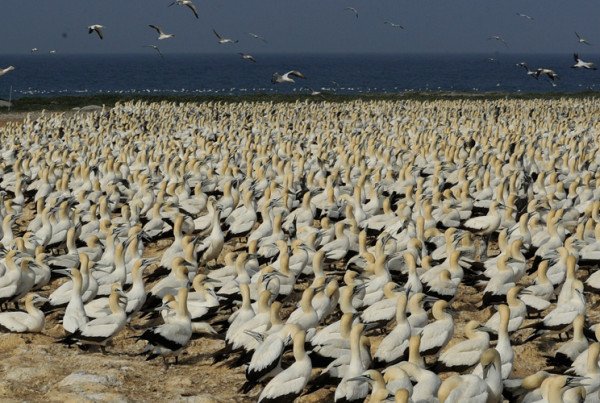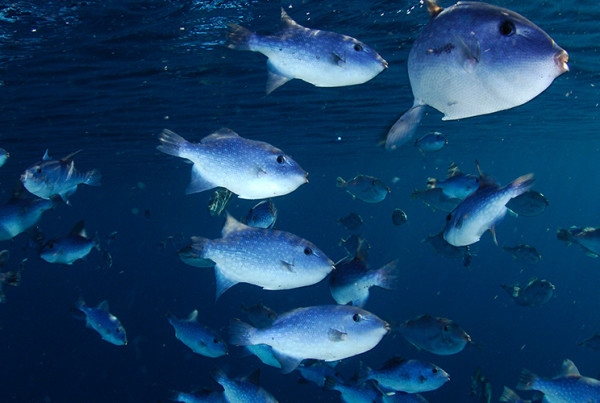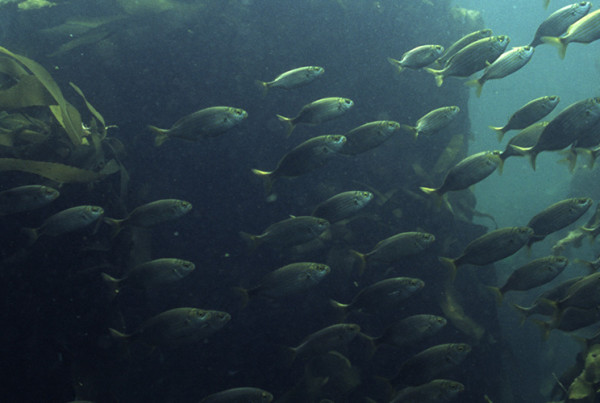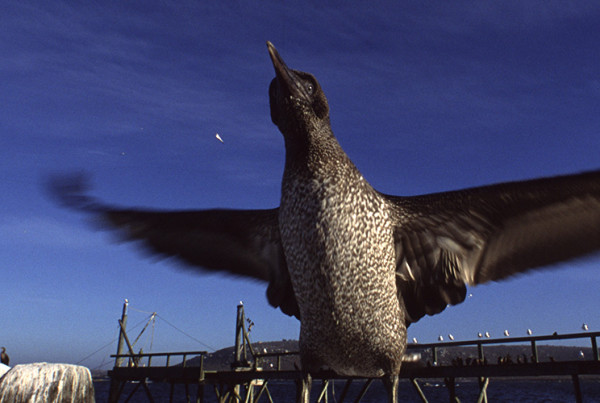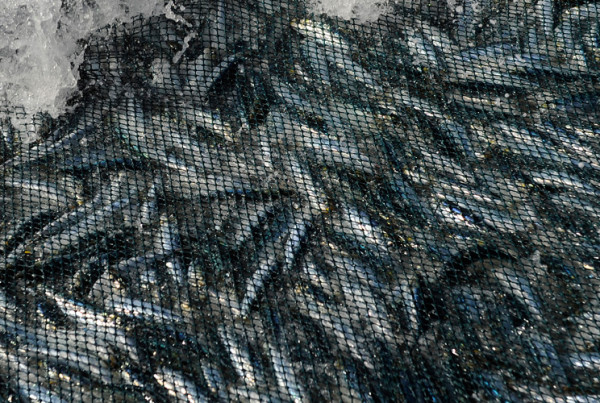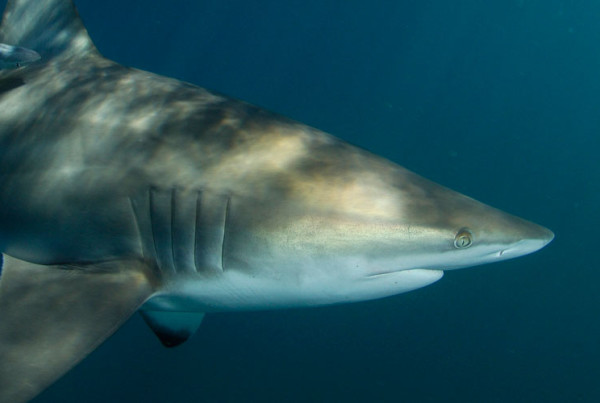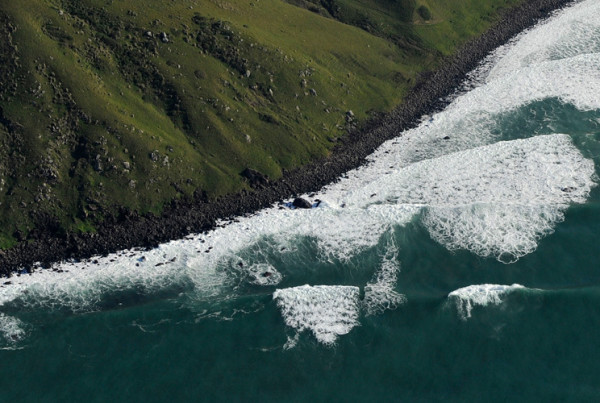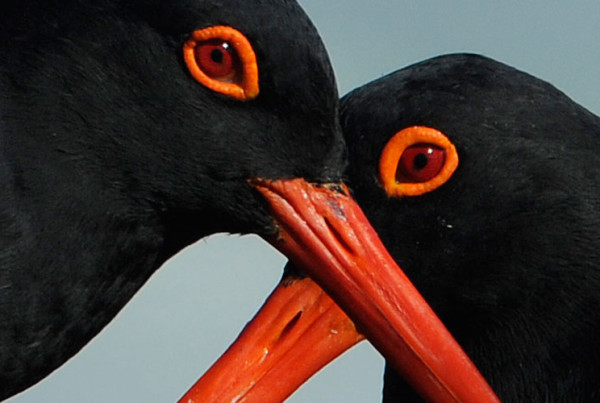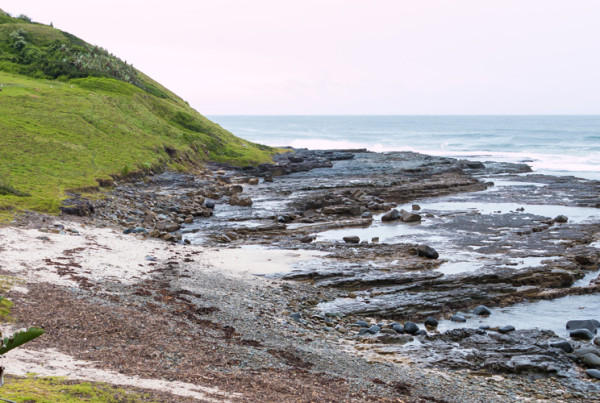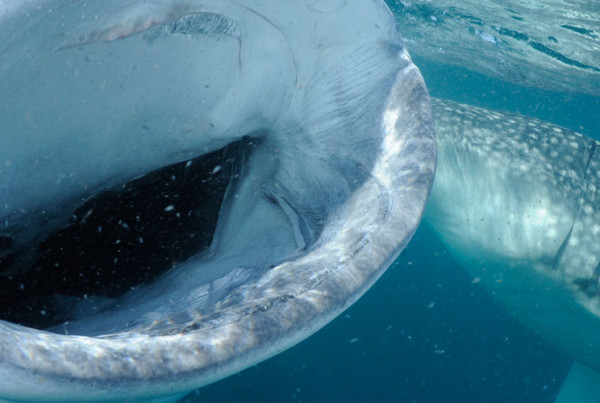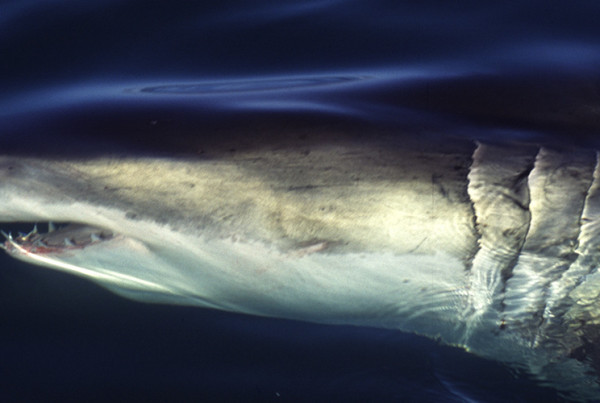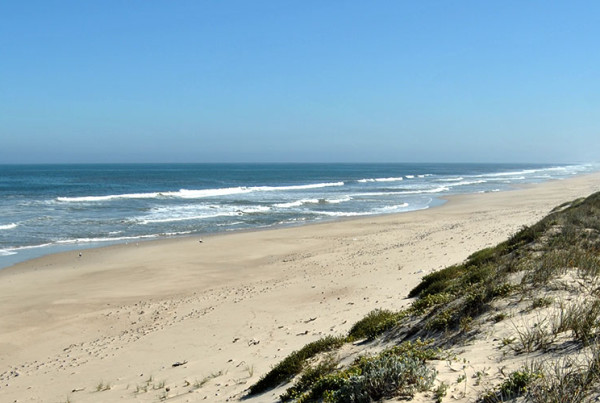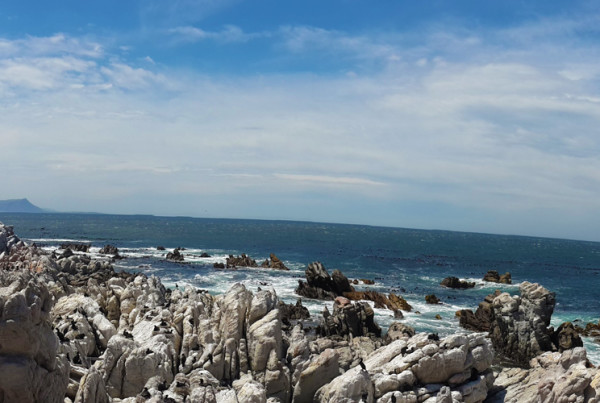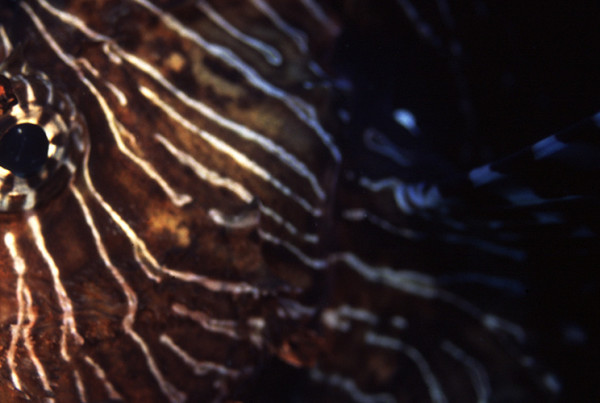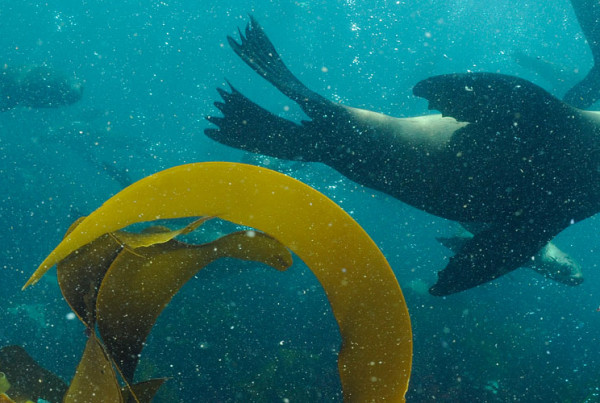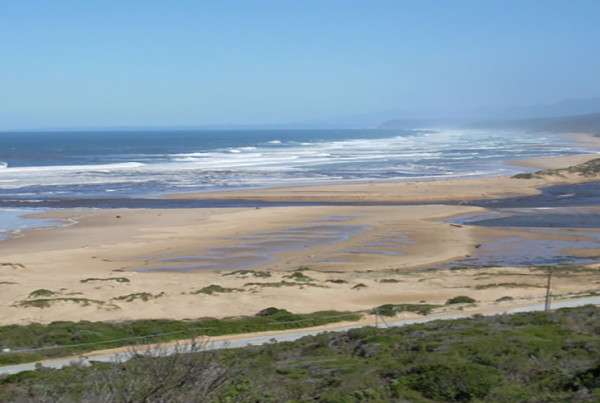There are many descriptions used to describe a MPAs, however, the following IUCN definition seems to be the most popular:
“A clearly defined geographical space, recognised, dedicated and managed, through legal or other effective means, to achieve the long-term conservation of nature with associated ecosystem services and cultural values”
In South Africa all MPA’s are ultimately managed by the South African Government who have agreements with various MPA Management Authorities like South African National Parks (SANParks), CapeNature, Eastern Cape Parks and Tourism Agency (ECPTA), KZN Wildlife, Nelson Mandela Bay Metro (NMBM) and the City of Cape Town (CoCT).
Most South African MPA’s are attached to a National Park or Nature Reserve and that Management Authority then also manages the attached MPA with funding from the SA Government channelled through its Department of Environmental Affairs (DEA) giving the Management Authorities the mandate to manage the day to day running of the MPA and its staff.
South African MPA Zonation’s
In SA the MPA’s can be categorised into three classifications as per the MLRA (Marine Living Resources Act);
- Restricted Area
These are complete or specific section/s within a marine protected area also commonly known as ‘No-Take’ areas, which is where the extraction and harvesting of all marine and plant life is prohibited.
De Hoop and Tsitsikama MPAs, for example, are zoned as a Restricted Areas, making them complete No-Take zones.
- Controlled Area
These are specific sections within a marine protected areas also known as ‘Open’ areas where you are allowed to extract and harvest marine life, on condition that you have a valid permit allowing you to practice one of the following specific activities: spear fishing, angling, scuba diving, snorkelling for mollusc extraction, boating, commercial diving, salvage operations, commercial fishing, whale watching, shark cage diving or filming.
- Restricted and Controlled Areas
Some MPAs have specifically demarcated areas that are zoned as both Restricted and Controlled areas. These allow management control on the restriction of marine extraction from the Restricted Areas and the extraction of marine resources under a permit from the Controlled Areas. An example of this is the Table Mountain National Park MPA which has 6 Restricted Areas within the MPA area of approx. 1000Km2 with the remainder of the MPA zoned as a Controlled Area.


